Self-priming pumps are a type of pump that can automatically remove air from the suction line and prime themselves without the need for external priming assistance. They are widely used in various industries and applications due to their convenience and versatility. However, like any other pump type, self-priming pumps have limitations and potential drawbacks that need to be considered when choosing the right pump for a specific application. In this article, we will explore some of the common limitations and potential drawbacks of using a self-priming pump.
Limited Suction Lift:
Self-priming pumps have a limited suction lift capability, which is the maximum vertical distance they can lift water from the source to the pump inlet. The suction lift capacity is influenced by factors such as the pump design, impeller size, and the presence of air or gas in the suction line. In situations where the source of the liquid is deep underground or located at a considerable distance from the pump, a self-priming pump may not be the most suitable choice.
Reduced Efficiency:
Compared to standard non-self-priming pumps, self-priming pumps often exhibit slightly lower efficiency levels. The self-priming mechanism and additional components required for air evacuation introduce extra friction losses and reduce the overall hydraulic efficiency of the pump. While the efficiency difference may not be significant in some applications, it is essential to consider energy consumption and operational costs when selecting a pump.
Limited Solids Handling Capability:
Self-priming pumps are generally more sensitive to solid particles in the pumped liquid compared to some non-self-priming pumps. The presence of solid particles can affect the pump's ability to create a proper seal and may lead to wear and damage on impellers or other components. In applications where pumping fluids with high solid content, such as sewage or slurries, specialized self-priming pumps with robust design features may be required.
Longer Priming Time:
Self-priming pumps often require a longer priming time to remove air from the suction line and establish a full flow. The priming process may take several minutes, depending on the pump size, the length of the suction line, and the presence of air or gas in the system. In some time-sensitive applications, this longer priming time may be a drawback.
Noise and Vibration:
The self-priming mechanism in some pump designs can result in increased noise and vibration during the priming process. While this is generally temporary and subsides once the pump is fully primed, it may cause temporary disturbances in noise-sensitive environments or locations where vibration can affect nearby equipment or structures.
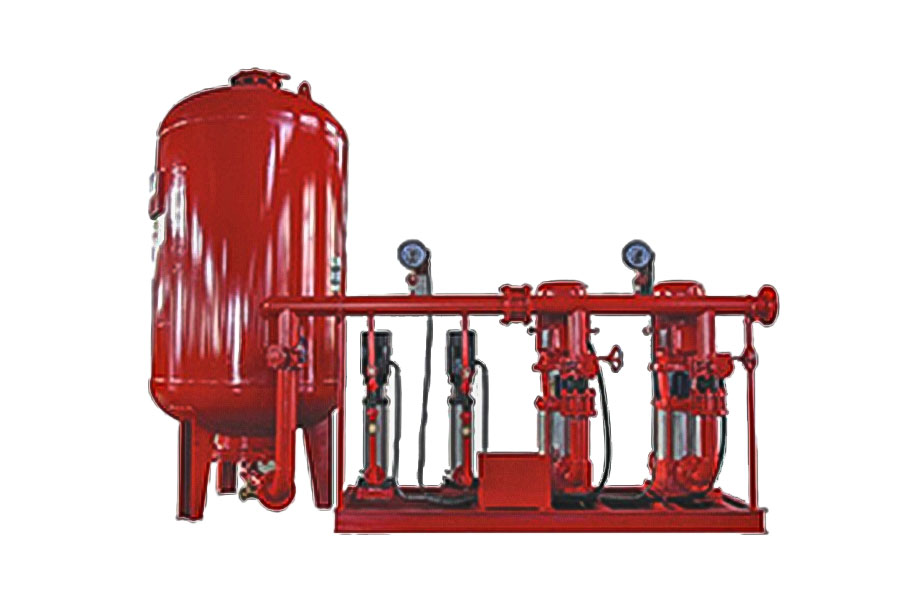
Mechanical Complexity:
Self-priming pumps are generally more mechanically complex than non-self-priming pumps due to the additional components and systems required for the priming process. The complexity can lead to higher maintenance and repair costs, as well as increased chances of mechanical issues arising.
Higher Initial Cost:
Self-priming pumps are typically more expensive than their non-self-priming counterparts due to their specialized design and additional components. The higher initial cost may be a consideration for some budget-conscious applications, especially when the self-priming feature is not essential for the pumping task.
Specialized Maintenance:
The maintenance of self-priming pumps may require specialized knowledge and skills, particularly when dealing with the priming mechanism and air evacuation components. Ensuring that maintenance personnel are adequately trained and equipped to handle self-priming pump maintenance is essential for reliable and trouble-free operation.
Limited High-Pressure Applications:
In high-pressure applications, the efficiency and performance of self-priming pumps may be limited compared to certain non-self-priming pump types. High-pressure pumps often require precision engineering and tight clearances, which can be challenging to achieve in self-priming designs.
While self-priming pumps offer several advantages, including convenience, versatility, and automatic air removal, they are not without limitations and potential drawbacks. Engineers and pump users must carefully consider the specific requirements of their application before choosing a pump type. Factors such as suction lift requirements, solids handling capability, efficiency, noise, vibration, and maintenance complexity should be thoroughly evaluated. In some cases, a self-priming pump may be the best choice, while in others, a non-self-priming pump or an alternative pump type may better suit the application's needs. Proper selection and understanding of the limitations and potential drawbacks of self-priming pumps will lead to more efficient and reliable pumping systems in various industries and applications.

 English
English 中文简体
中文简体


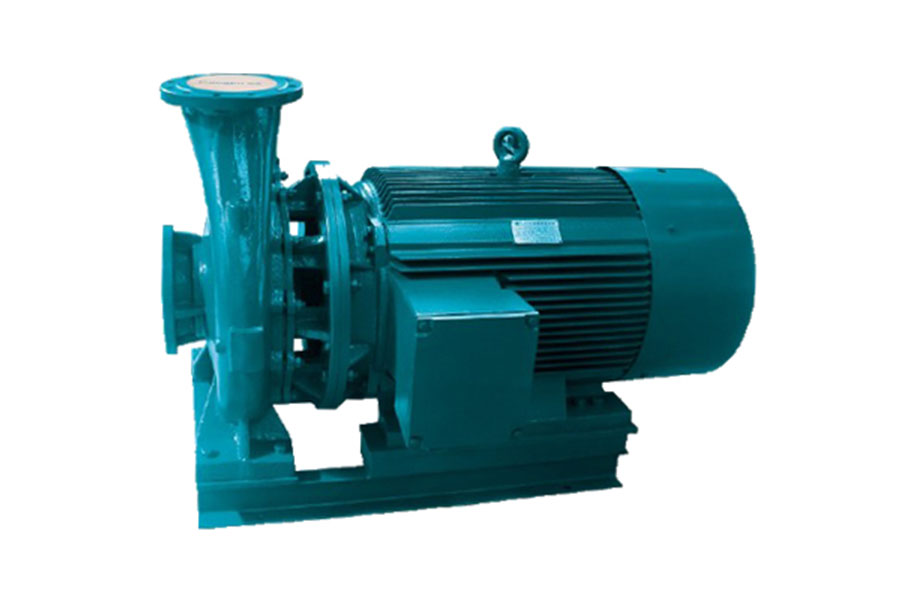
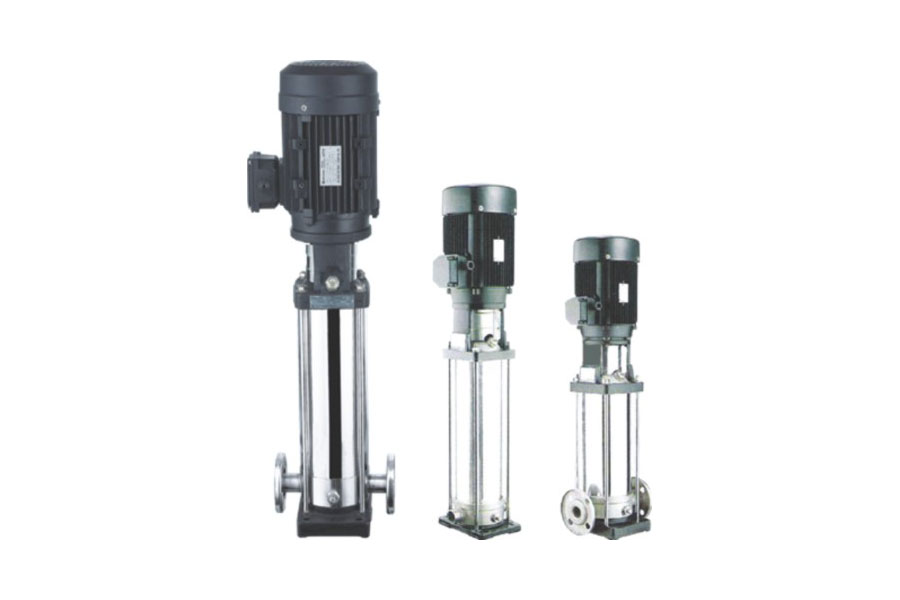
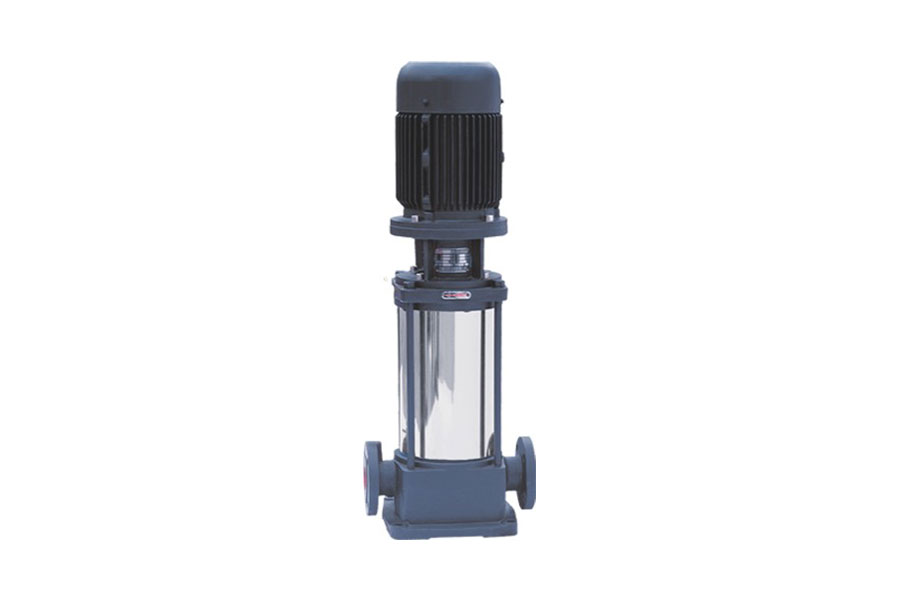
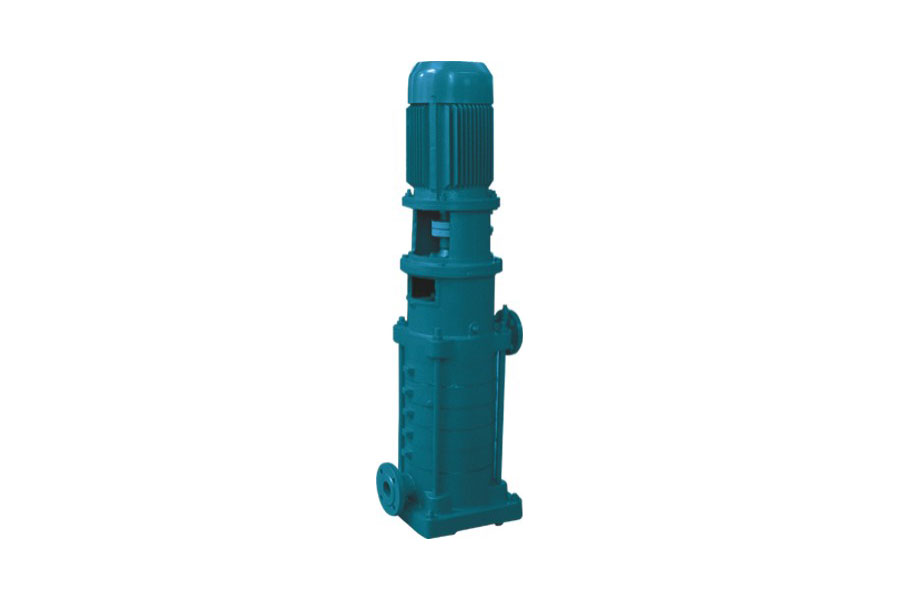
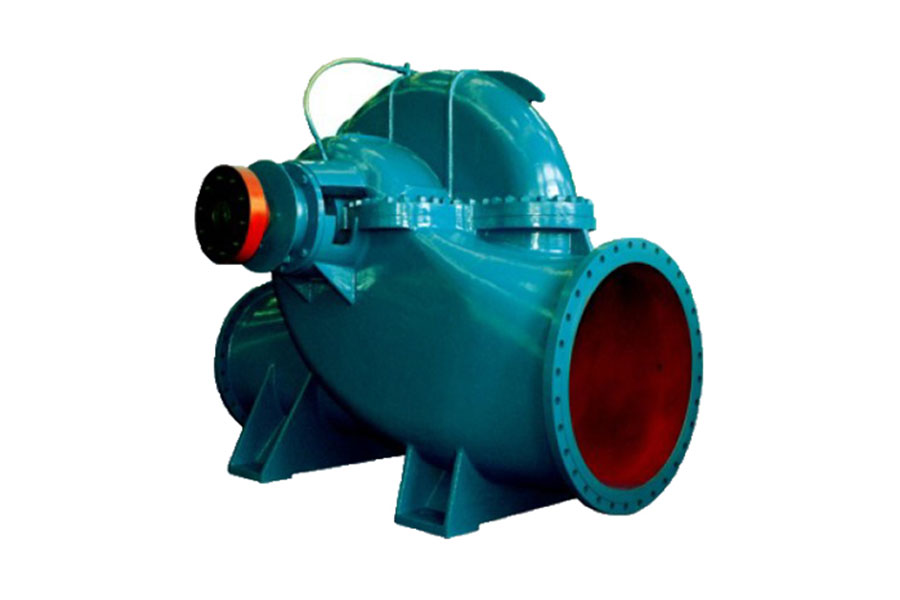

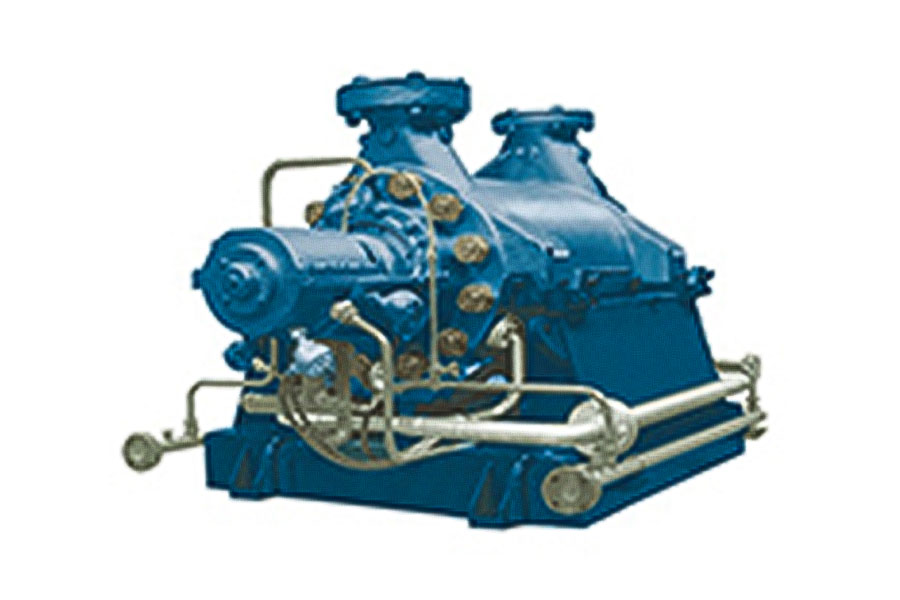
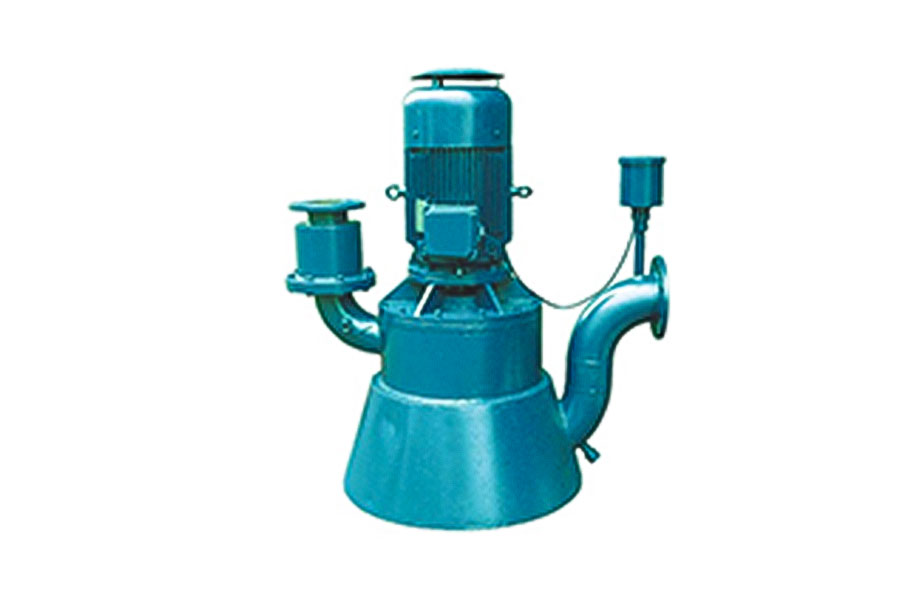








 Home
Home




